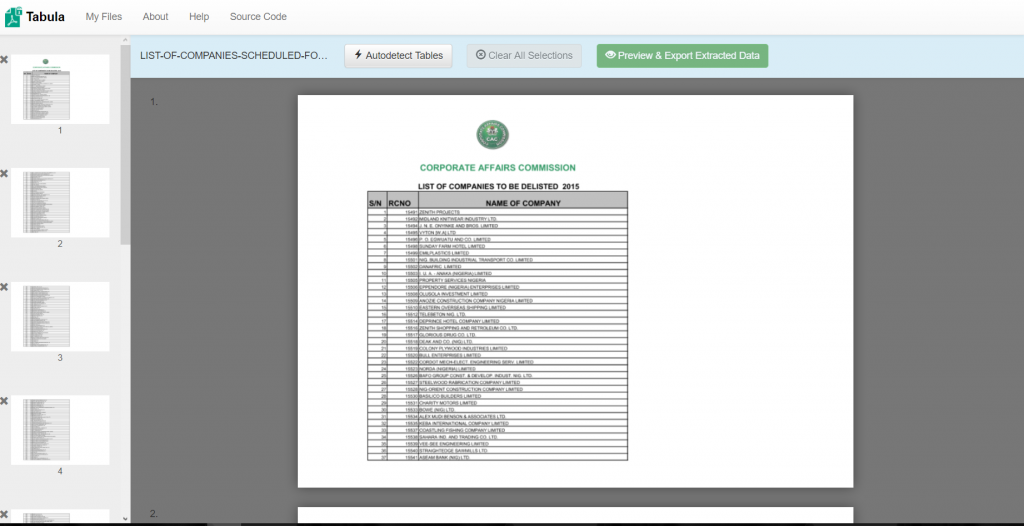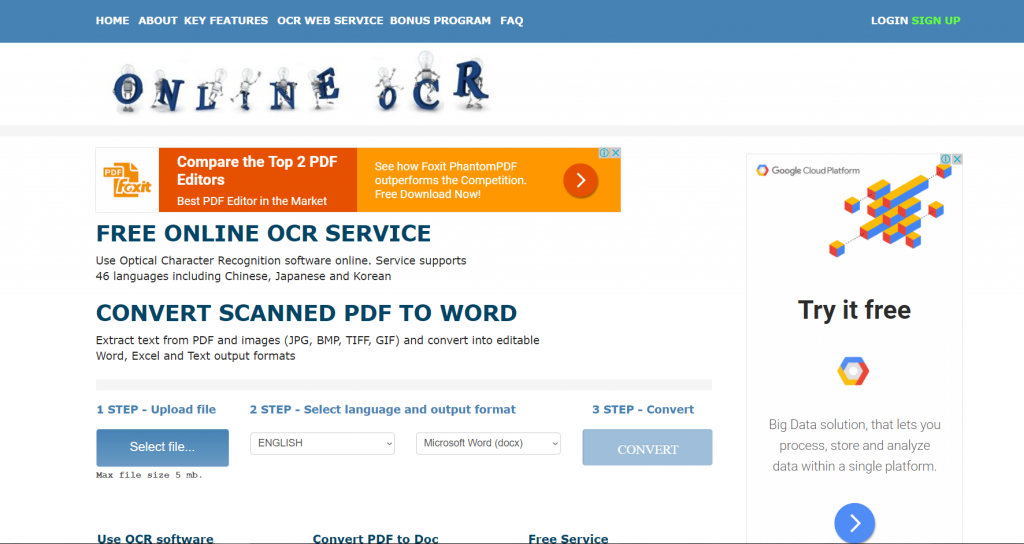This blogpost was written by Chikezie Omeje, Kunle Adelowo and Vershima Tingir as part of the Open Data for Development (OD4D) embedded fellowship programme. This recently initiated programme is designed to build the organisational capacity of civil society organisations to use data effectively by raising the level of data literacy of the staff of the partner organisation(s), supporting the organisation(s) to deliver a specific data project, and developing an initial data strategy for the organisation’s future engagement. Chikezie Omeje is a journalist at the International Centre for Investigative Reporting (ICIR), Kunle Adelowo and Vershima Tingir are developers at the Public and Private Development Centre (PPDC). They are all based in Abuja.
OD4D is a global network of leaders in the open data community, of which Open Knowledge International forms part, working together to develop open data solutions around the world. For this fellowship the Public and Private Development Centre (PPDC) will develop the International Centre for Investigative Reporting (ICIR) capacity to investigate and report on open contracting related stories.
The threat to traditional journalism
Older journalists will agree that journalism is no longer what it used to be. It is rapidly changing. Within the past decade, the profession has been disrupted to the extent that the question of who is a journalist is now difficult to answer. Technology has democratised journalism in a way that is now within the reach of anyone who is interested. The rise of social media and digital publishing platforms have made it easier for those who were formally referred to as audience to become news producers. Members of the audience who are interested in journalism can now do the work of a journalist comfortably. The traditional line between journalists and audience has been blurred. Anyone who has the digital tools can produce and publish news without the help of a journalist.
This disruption in the media industry presents both a threat and an opportunity for journalists. This threat can be seen in the declining revenue of legacy media organisations which means traditional journalists now stand to lose their jobs. The old business model of journalism is no longer sustainable and journalists are facing fierce competition from a multitude of individual, online publishers. The implication is that being just a journalist who covers and writes news stories is no longer enough. Anybody who is willing and able can do that now.
To survive the existential threat facing traditional journalism, journalists need to build new skills that were not even taught in journalism schools a decade ago. The emergence of buzz words such as “tech-savvy journalist” and “data journalist” in the newsroom is evidence of this shift. To practice journalism, every journalist needs to have digital skills that are imperative for 21st century journalism. As ordinary citizens are increasingly able to perform the work of journalism, a professional journalist needs to take further steps to acquire the necessary skills beyond the old concept of journalism. Therefore, a journalist must have both the reporting and technical skills.
Among the skills that a journalist should have is the ability to process, analyse and visualise data. Despite the increasing amount of information that is now available to the citizens, people are still not adequately informed on critical issues bordering on data. This is why data journalism is receiving attention around the world. Data analysis and visualisation are useful skills for today’s journalist. A lot of critical information is buried in data and a journalist must now have the skills (or access to the skills) to harness and report the data.
When journalists have data skills, it will facilitate timely production of high value and impactful information. But many journalists have been complaining on why they should acquire these technical skills. They often complain that the new skills being demanded of them are too technical and complicated. For example, some journalists usually want to know why should they learn certain aspect of computer programming, arguing that it is so difficult. The truth is that there are a growing number of digital tools that have made these essential skills easy to acquire which reduces the initial technical barrier for most journalists.
To become proficient in data journalism, there are three essential technical skills we think journalists would need.
Data Gathering, Conversion and Extraction Techniques
Reporters often get information from different sources. Information may be presented in different formats, some of which may not be directly usable until they are converted to another format. File formats like PDFs, HTML, hard copy documents makes it hard to gather data in a structured and reusable way. Therefore data presented in these formats have to be converted to more flexible, structured and reusable formats such as Excel, Word, and CSV. There are tools that make conversion easier and they require minimal technical capabilities to use. Some of these tools include Tabula for extracting tables from PDF to CSV, online optical character recognition (OCR) which is a handy tool for converting tables in scanned document to csv, small PDF etc.


Data cleaning tools
After gathering, conversion and extraction you would have all the data you want and more at your fingertips. Most times, the data you are looking for often come in large datasets and the data that you need might be a small portion of it. Essentially, another set of skills that you will need to get exactly what you are looking for will be how to use data cleaning tools. Data cleaning is the process of correcting wrong fields by removing or adding, rearranging a dataset. For this purpose, the go-to tool is Microsoft Excel. It is very powerful and can be used for simple tasks like sorting, filtering, simple maths and text functions, pivot tables and data validation.

Visualisation tools
So now you have your data and it makes sense to you, but your job as a journalist is to gather this information and present to your audience. Among your audience you have people who like numbers: they like to see the exact digits in its rawest form while others are suckers for aesthetics. They want to see colors and animations that tell stories. For the latter, the solution would be visualisations and as you would guess, data visualisation would be to transform and present datasets in form of graphical representation. A typical example of this would be creating a bar chart out of the annual salary received by each employee of an organization. Simple tools that can be used to create data visualization include Microsoft Excel, Google charts.
To be a tech-savvy journalist, you need to step out of your comfort zone to acquire these essential skills. Journalism is changing rapidly and nobody has complete idea how journalism will be practiced in the next decade. This change will not slow down as long as there are emerging technologies.The internet has made basic information readily and easily available, anybody with a computer and internet access can start a blog become a journalist. This has lowered the value of basic everyday information.Therefore journalist have to go the extra mile in using technology to do more factual reporting. Journalism is at the mercy of technology and those who cannot master these new technical tools can not report on more meaningful, factual and high value information. The worst thing that can happen to a journalist is to be outdated or irrelevant in the new demands of the profession.
Chikezie Omeje is a senior investigative and data reporter with the International Centre for Investigative Reporting, Nigeria. Omeje primarily covers health and education.








